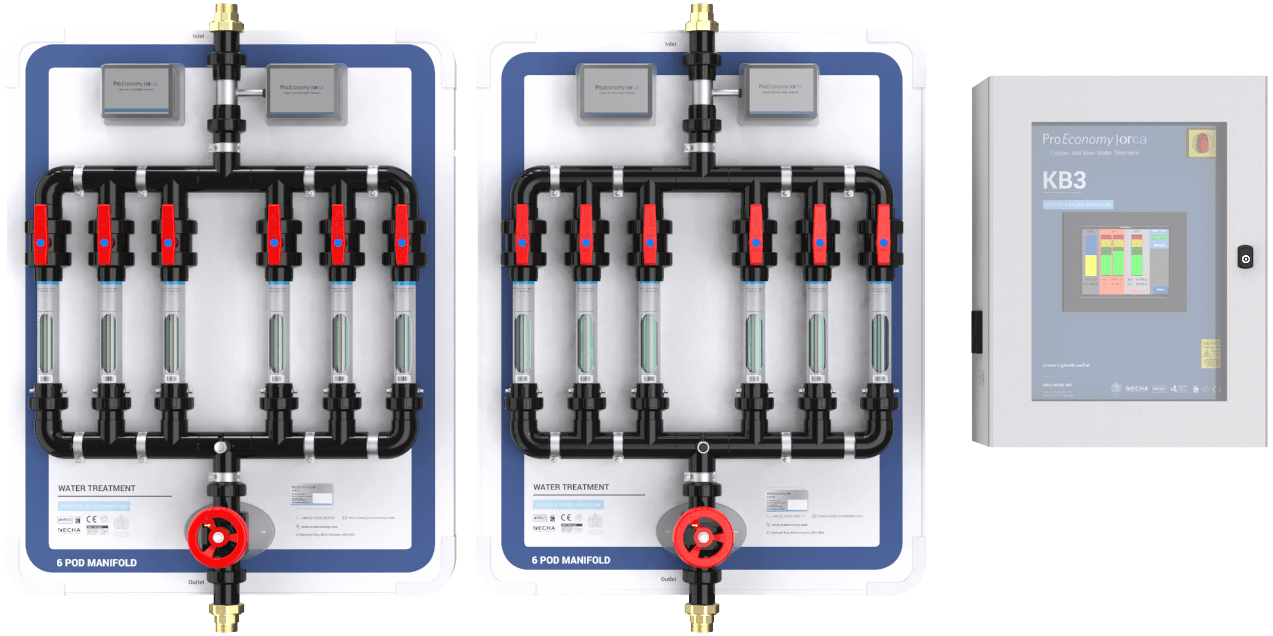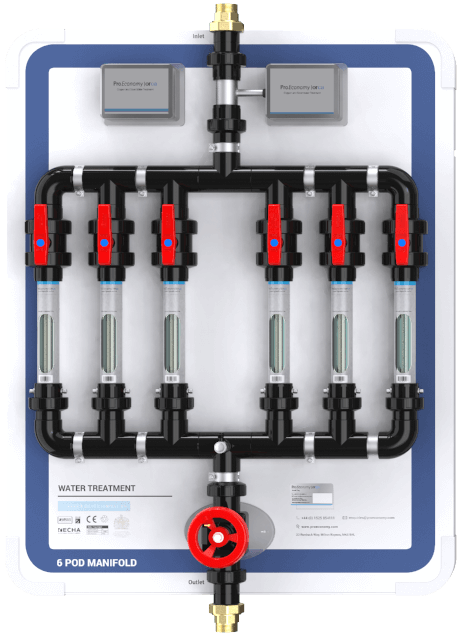The Flint Water Crisis is one of the biggest environmental disasters and health crises of our generation. With investigations linked to Frontline’s documentary ‘Flint’s Deadly Water’ now claiming over 70 people may have died as a result of the outbreak, and the outbreak being labelled as ‘our Chernobyl’, questions are being raised over who is to blame and how a Legionella outbreak came to be handled so poorly and with such deadly consequences.
What Is The Flint Water Crisis?
In 2014, the city of Flint, Michigan changed water sources from Lake Huron and the Detroit River to the Flint River due to cost reasons. However, it has since been found that officials failed to treat the water source properly leading to lead contamination and a serious public health risk. Consequently, over 100,000 Flint residents were exposed to contaminated drinking water leading to outbreaks of Legionnaires Disease and Pneumonia.
Since the initial switch of water sources and contamination of drinking water, investigations into the crisis have been ongoing and uncertainty still surrounds the safety of Flint water.
So, what exactly is going on with the Flint Water Crisis and where have mistakes been made? In one of the wealthiest countries in the world, an outbreak of such magnitude should not still be unanswered for five years on. Water safety should have been a priority and it is unforgivable that residents are still left wondering whether their water is safe to drink.
The Switch
It is perhaps obvious to state that the government should have ensured a proven water treatment modality was installed before switching water sources. However, it is a point that needs to be made nonetheless.
Switching to a water source knowing that an effective water treatment modality was not in place is unforgivable. The decision instantly put unaware Flint residents’ lives at risk by supplying them with untreated water.
Flushing Problems Away
Sadly, the impact of the crisis did not stop there. In August 2014, four months after the switch, fecal coliform bacteria was found in the water supply. Consequently, a boil water advisory was put in place and the city boosted the amount of Chlorine in the system and flushed the system. This would mark the beginning of a cycle of boil advisories, increases in Chlorine and system flushes alternated with residents being told they can safely consume water from taps.
With coliform bacteria present, a warning sign of E. Coli, Chlorine levels so high General Motors in Flint refused to use the water for their engine plant due to corrosion and byproducts of disinfectants found in the water supply, officials at this stage should have taken emergency measures to protect their residents from such deadly water. Instead, they declined the DWSD’s offer to switch the water back due to cost concerns, a decision that would be repeated in March 2015.
The Switch Back
It is only in October 2015 following pressure from activists and research teams that the city switches back to Detroit water. Despite this seemingly positive move, in December of that year Flint declares a state of emergency as the extent of contamination starts to be revealed and the crisis spirals out of control.
The Aftermath
It is only now, with the help of Frontline’s documentary, ‘Flint’s Deadly Water’, that we are now being made aware of the colossal cover up and lies that were fed to Flint residents for so long.
One of the most startling findings, aside from the knowing lack of water treatment, is that officials knew about a Legionnaires’ outbreak yet failed to alert the public and even members of the healthcare community. Because of this cover up it is evident that symptoms were overlooked and diagnoses and treatment hindered, inevitably increasing the number of people who were affected and sadly increasing fatalities.
The financial impact of The Flint Water Crisis spirals on, with costs to rectify problems running into the billions. And, more seriously, the health issues for Flint residents rage on, as Frontline’s documentary so tragically tells us. Residents battle daily against ongoing health problems, problems that are likely to stay with them for years to come. Add to this the fact that Flint’s water is still not safe five years after the initial switch and you begin to get a true scale of this crisis.
Justice For Flint Residents
Over five years on from the crisis, it is critical that lessons are learned, justice is brought and residents are given answers on their water quality. It is disgraceful that in the 21st century officials are cutting corners on water treatment and jeopardising the safety of residents with contaminated water supplies. Worse still, is the fact that those responsible are continually allowed to hide from the magnitude of their actions and the detrimental effect they have caused.
The investigative journalism in the Frontline documentary makes great waves in exposing the negligence of officials and in drawing awareness to the plight of Flint residents. But, for the victims of the crisis, this is no longer enough.
Although justice proceedings and investigations are underway, cover up after cover up has left doubt in the minds of many as to whether justice will really ever be delivered. Meanwhile, a wait for justice and the supply of clean water is killing more residents and prolonging the despair of so many victims as they wonder when their nightmare will end.
Amongst all the other devastating consequences, The Flint Water crisis demonstrates that more needs to be done when it comes to Legionella control. Government bodies need to learn from Flint’s plight and ensure they protect residents from contaminated water.
References:
- https://edition.cnn.com/2016/03/04/us/flint-water-crisis-fast-facts/index.html
- https://www.salon.com/2019/09/10/this-is-our-chernobyl-frontlines-flints-deadly-water-exposes-shocking-legionnaires-crisis/




















